La bellezza dell’ordinario: in bici sul lago di Bolsena
In questi tempi duri dobbiamo aggrapparci alla bellezza dell'ordinario che è tutt'intorno a noi: nelle architetture, nella natura, nella banalità del quotidiano.
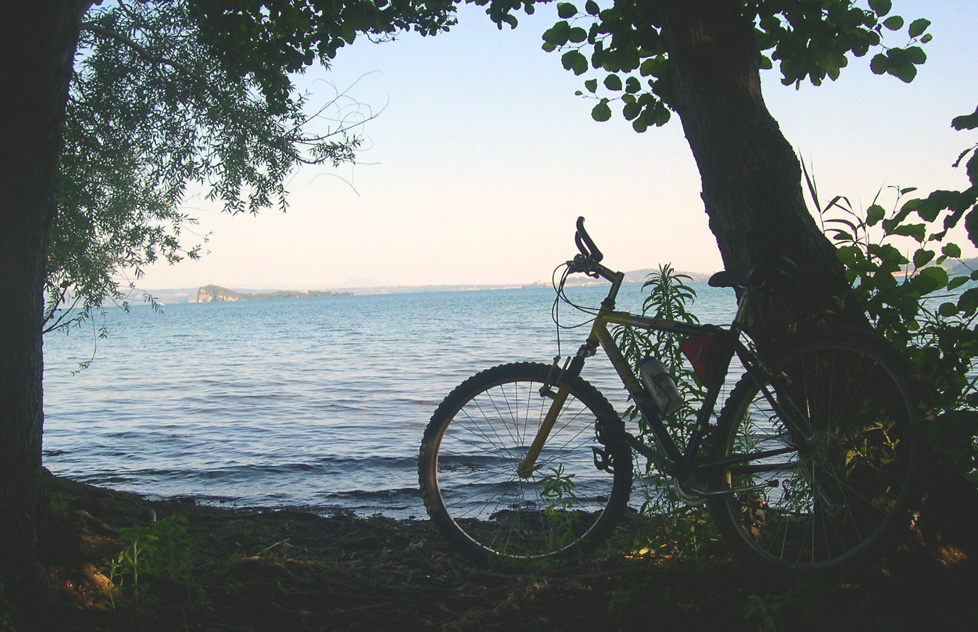
(English translation below)
Come scovare la bellezza dell’ordinario? Sembra cosa difficile, perché l’ordinario spesso ci annoia. E’ la routine: la stessa strada, lo stesso tram, le stesse facce, la stessa fermata metro, gli stessi identici palazzi, la stessa vita di sempre. Ma anche le stesse colline, lo stesso panorama, lo stesso mare, lo stesso prato. E mai come in questo periodo l’ordinario sembra quasi soffocarci, inchiodati ai nostri luoghi abituali da questo Covid-19 che ha cancellato ogni possibilità di evasione.
Eppure esiste una bellezza dell’ordinario che solo un occhio sensibile e recettivo è in grado di assaporare. Ed è a questa bellezza che bisogna aggrapparsi in periodi come quello che stiamo vivendo, quando la quotidianità si appiattisce in giornate cloni di se stesse, in cui sembra di svegliarsi ogni volta nello stesso giorno che diventa eterno. Non è capitato anche a voi di credere di vivere lo stesso giorno a ripetizione? Sembra uno di quegli incubi raccontati dalla cinematografia, quei loop temporali in cui si è costretti a rivivere in continuazione vicende già vissute. Come nel film Ricomincio da capo (titolo originale Groundhog day) con Bill Murray oppure nella pellicola Io vengo ogni giorno (titolo originale Premature) diretto da Dan Beers e candidato a più di un premio cinematografico.
E allora, per uscire dal giorno della marmotta, cerchiamo di rompere la routine, e proviamo a viaggiare anche dentro quello stretto perimetro che in tempi di Covid-19 siamo costretti a rispettare. Un modo per farlo è inforcando una bicicletta, perché solo al ritmo lento delle nostre pedalate riusciremo a riscoprire, e talvolta a scoprire per la prima volta, angoli sconosciuti e paesaggi ignoti che abbiamo sotto casa e che non avevamo mai notato.
Io decido di farlo sotto casa mia, intorno al lago di Bolsena, con una pedalata che mi porta da Capodimonte a Gradoli, costeggiando un tratto di lago piuttosto selvaggio e affascinante. E nonostante conosca molto bene queste zone dove vivo da anni, la lentezza della bicicletta mi consente di gustare diversamente questi luoghi conosciuti, rinnovando le emozioni, perché mi fa assaporare la bellezza dell’ordinario. Impossibile cogliere certi attimi se si circola in auto, sfrecciando veloci senza osservare. E infatti dopo appena poche pedalate, raggiunta la riva del lago, ecco che avvisto uno svasso maggiore. Lo svasso è un uccello molto buffo per via del suo piumaggio variopinto. Ma non è un incontro raro sul lago di Bolsena. Tuttavia può sfuggire ad un occhi disattento, soprattutto perchè, mentre nuota, scompare all’improvviso in lunghissime immersioni. E bisogna fermarsi ad osservare l’acqua con attenzione, per vederlo poi ricomparire molti metri più in là, se si è fortunati. Quasi fosse un gioco a nascondino tra noi e lui.
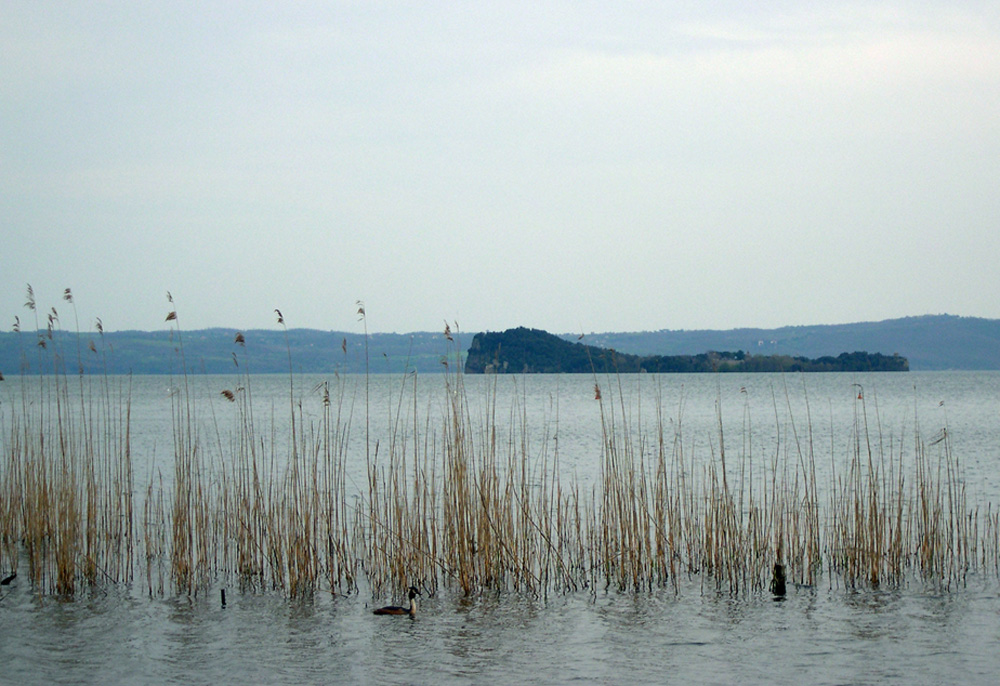
Arrivata in prossimità di Gradoli, mi allontano dalla riva per raggiungere i resti di un ninfeo romano. Lo conoscevo bene, c’ero stata diverse volte. Ma ritrovare quel sentiero nascosto nella vegetazione, ripercorrere quel tragitto dopo diversi anni e riscoprire quei ruderi che riecheggiano di antico splendore mi scatena un sentimento di meraviglia. Si tratta di un ninfeo di una villa romana di epoca imperiale, le cui pareti sono in opus reticulatum, e tra i mattoncini si vedono ancora i fori posti ad altezze diverse, dai quali zampillava l’acqua con maggiore o minor forza per creare giochi coreografici per gli ospiti della casa. Che meraviglia immaginare quel luogo pieno d’acqua, di schizzi e di idromassaggi, concepito per offrire relax e piacere ai padroni di casa e ai loro amici.
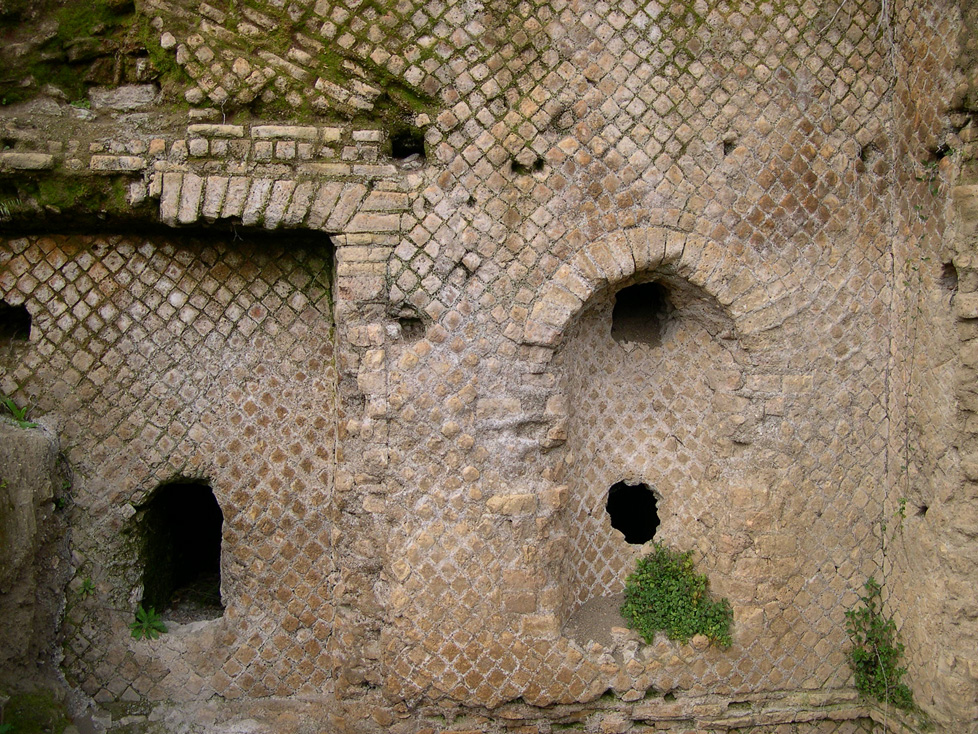

Tutta questa bellezza è a portata di mano, o meglio di ruota, perché solo pedalando con la bici si può gustare il ritmo lento del paesaggio che cambia sotto i nostri occhi. E in questa dolce lentezza anche la mente rallenta, per ritrovare quell’armonia di cui abbiamo così tanto bisogno in questo momento. C’è un libro che insegna ad acquisire questa consapevolezza, La felicità in bicicletta, di Valter Ballarini e Daniela Angelozzi (Editore Il Punto d’Incontro). E’ una bella lettura perché propone una tecnica per coniugare l’equilibrio, il piacere del movimento, l’immersione nella natura, il viaggio e la ricerca della consapevolezza di sé.
Ed è pedalando e pensando a queste cose che incontro i germani reali, placidi e tranquilli, sulla sabbia, a godersi quel sole invernale tiepido e sbiadito.
Certo, si direbbe, niente di più comune per i nostri laghi: i germani reali sono le anatre selvatiche più diffuse in Italia. Eppure persino loro mi inebriano con la loro ordinaria bellezza. La femmina, dalla colorazione sobria ed elegante, e il maschio dalla cromia sgargiante ed appariscente, usata per sedurre e conquistare. Che buffa quell’anatra domestica che biancheggia tra di loro, comunemente la chiamiamo papera, e quanta naturalezza nella sua diversità. Sembra non sapere di essere diversa, e nemmeno i germani reali sembrano preoccuparsi che sia così grossa e così bianca. In fondo, in natura la diversità non fa scandalo, non spaventa e non stupisce.
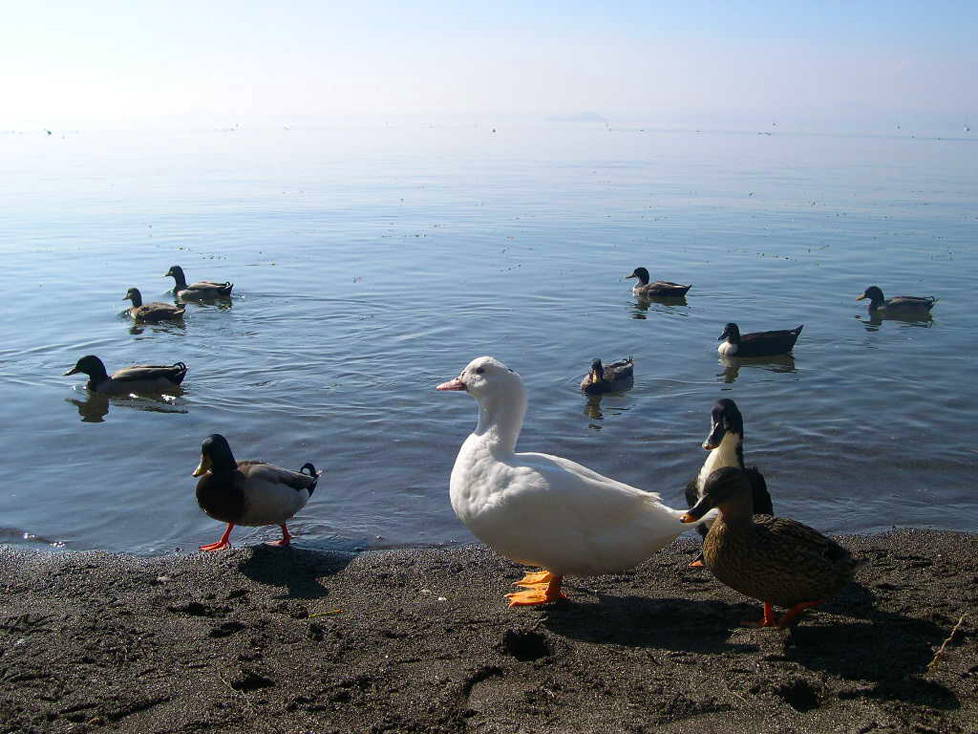
Continuo a pedalare, raggiungo alcune reti di pescatori stese al sole. Strumenti di lavoro che fanno parte di una quotidianità lacustre fatta di fatica, di partenze in notturna, di fredde tramontane e di attese infinite. E anche qui incontro la bellezza dell’ordinario, con le reti allungate sulla spiaggia per asciugarle, come ogni giorno, e prepararle per una nuova battuta di pesca. Uno scenario uguale a se stesso da sempre, perché qui sul lago di Bolsena la pesca ha una storia antica, che risale agli Etruschi. E le reti esposte all’aria sono la più banale quotidianità per chi vive di pesca. Eppure questo scenario ordinario si riempie ogni giorno di nuovi incanti, con le reti che disegnano sorprendenti geometrie.
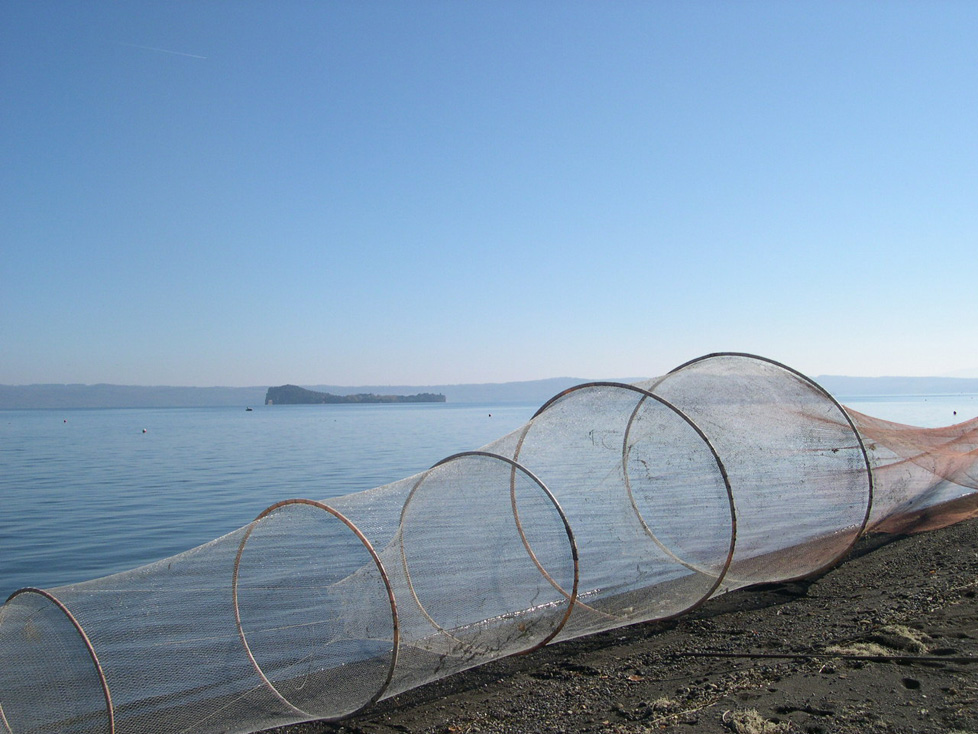
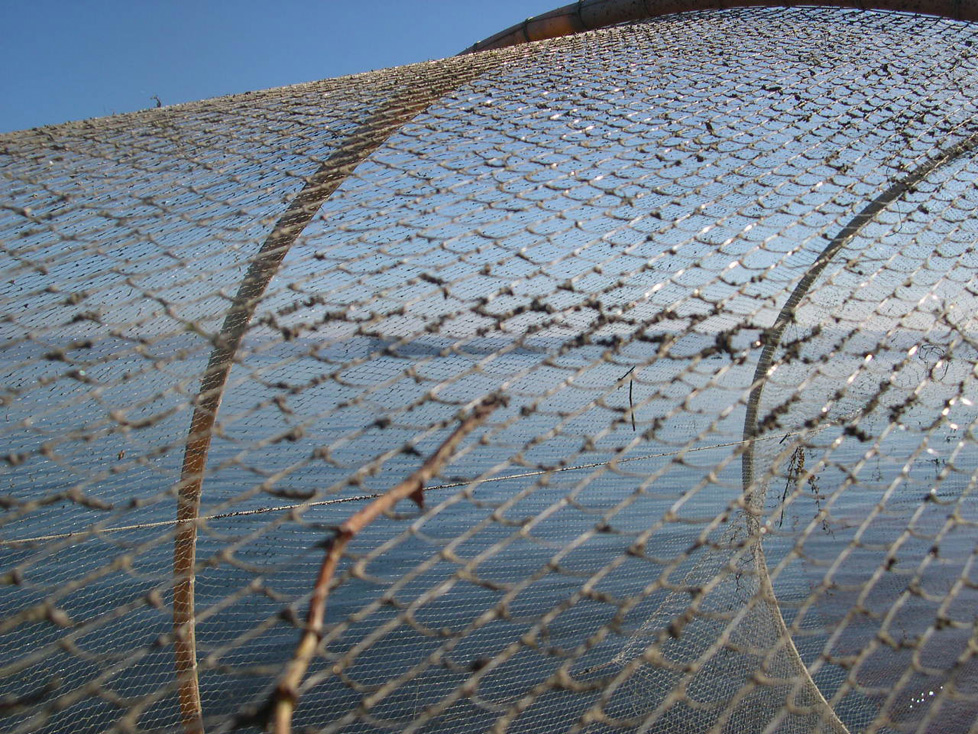

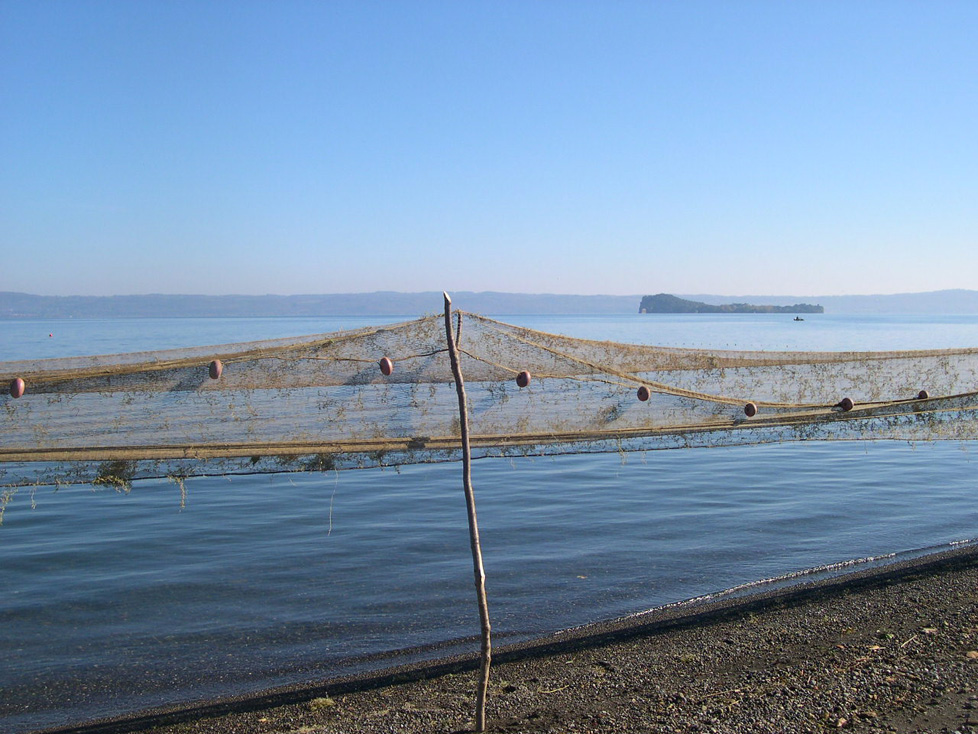
Il giorno volge verso la sua fine, comincio a pensare che è tempo di ritornare. Ma i miei incontri ordinari non sono ancora finiti. Ecco due candidi cigni che con il loro portamento quasi mi umiliano mentre goffamente mi affanno su per il pendio, pedalata dopo pedalata. Mai potrei aspirare ad avere tanta grazia! E mentre guardo il loro piumaggio immacolato, all’improvviso i due cigni spariscono dietro un sipario di canne comuni in fiore. Cosa c’è di più ordinario di una pianta che ha nel suo stesso nome l’idea di normalità? La canna comune, chiamata anche canna domestica, la incontriamo lungo tutti i corsi d’acqua dolce e sulle rive di tutti i nostri specchi lacustri. Eppure i suoi fiori delicati, queste spighette dorate che si lasciano cullare dal vento della sera, sono l’ennesima conferma della bellezza dell’ordinario.
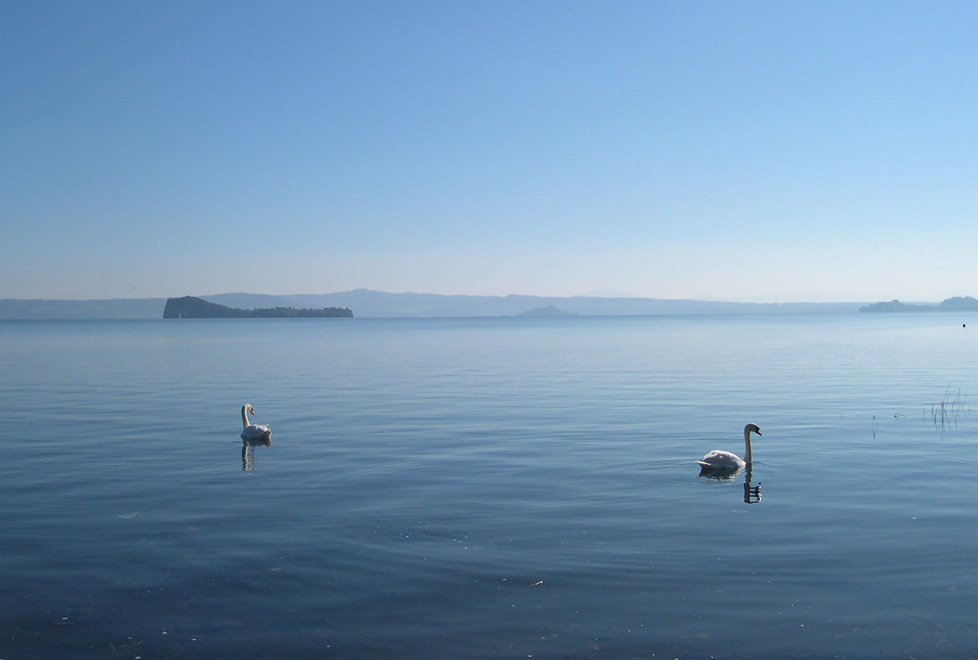
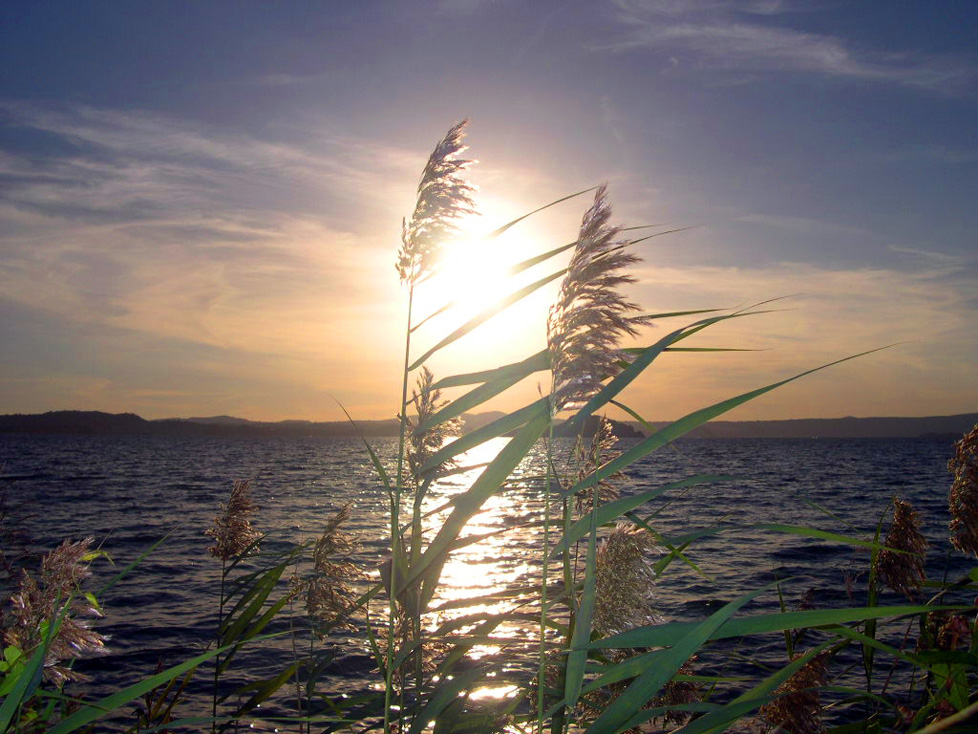
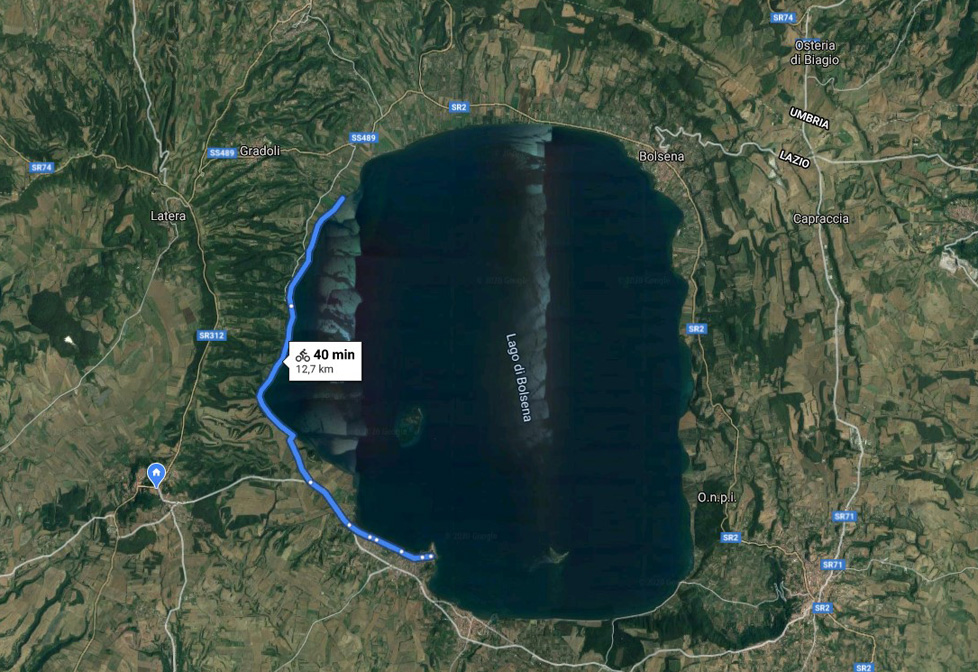
ENGLISH VERSION
How to find the beauty of the ordinary? It seems difficult because the ordinary often bores us. It is routine: the same street, the same tram, the same faces, the same metro stop, the same identical buildings, the same life as always. But also the same hills, the same landscape, the same sea, the same meadow. And never as in this period the ordinary seems to almost suffocate us, nailed to our usual places by this Covid-19 which has cancelled any possibility of escape.
But there is a beauty of the ordinary that only a sensitive and receptive eye is able to savour. And we must cling to this beauty in periods like the one we are experiencing when everyday life flattens into days that are all the same, in which it seems to wake up every time on the same day that becomes eternal. Didn’t it happen to you too to believe you are living the same day over and over again? It seems like one of those nightmares told by cinema, those time loops in which one is forced to relive the events already lived over and over again. As in the film Groundhog Day with Bill Murray or in the film Premature directed by Dan Beers and nominated for more than one film award.
So, to get out of the groundhog day, let’s try to break the routine, and try to travel also within that narrow perimeter that we are forced to respect in times of Covid-19. For example, we could take a bike ride, because only at the slow rhythm of our bike ride we’ll be able to rediscover, and sometimes discover for the first time, unknown corners and unknown landscapes that we have all around the house and that we had never noticed.
I decide to do it near my house, around Bolsena Lake, with a ride that takes me from Capodimonte to Gradoli, along a rather wild and fascinating stretch of lake. And although I know very well these areas where I have been living for years, the slowness of the bicycle allows me to enjoy these known places differently, renewing the emotions, because it makes me savour the beauty of the ordinary. It is impossible to capture certain moments if you travel by car, passing fast without observing.
Indeed, after just a few rides, reaching the shore of the lake, I see a great grebe. The grebe is a very funny bird due to its colourful plumage. But it is not a rare encounter on Lake Bolsena. However, it can go unnoticed, above all because while swimming it suddenly disappears in very long dives. And you have to stop and observe the water carefully, to see it reappear many meters away. As if it were a Hide-and-seek game between us and him.
once I arrive near Gradoli, I move away from the shore to reach the remains of a Roman nymphaeum. I knew it well, I had been there several times in the past. But finding that path hidden in the vegetation, retracing that route after several years and rediscovering those ruins that echo of ancient splendour unleashes a feeling of wonder. It is a nymphaeum of a Roman villa of the imperial era, whose walls are in opus reticulatum, and between the bricks, you can still see the holes placed at different heights, from which water gushed with greater or lesser force to create choreographic games for the guests of the house. How wonderful to imagine that place full of water, splashes and whirlpools, designed to offer relaxation and pleasure to the hosts and their friends.
All this beauty is at your fingertips because only by cycling we can enjoy the slow rhythm of the landscape that changes in front of us. And in this sweet slowness, the mind also slows down, to find that harmony that we need so much at this moment.
There is a book that teaches how to acquire this mindfulness, Happiness in a bicycle, by Valter Ballarini and Daniela Angelozzi (Publisher Il Punto d’Incontro). It is good reading because it offers a technique to combine balance, the pleasure of movement, immersion in nature, travel and the search for self-awareness.
And it is pedalling and thinking about these things that I meet the mallards, placid and peaceful, on the sand, enjoying that warm and faded winter sun.
Of course, one would say, nothing more common for our lakes: mallards are the most common wild ducks in Italy. But even they exalt me with their ordinary beauty. The female, with a sober and elegant colour, and the male with a bright and eye-catching colour, used to seduce and conquer. How funny that domestic duck that shines between them, and how naturalness in its diversity. that domestic duck doesn’t seem to know to be different, and even the mallards don’t seem to care about its colour or its size. After all, in nature diversity does not cause scandal, does not scare and does not surprise.
I keep pedalling, I reach some fishing nets lying in the sun. Work tools that are part of an everyday lake life made up of effort, night departures, cold north winds and endless waiting. And here too I meet the beauty of the ordinary, with nets stretched out on the beach to dry them, like every day, and prepare them for a new fishing trip. A landscape that has always been the same, because here on Lake Bolsena fishing has an ancient history, which dates back to the Etruscans. And the nets exposed to the air are the banalest everyday life for those who live by fishing. Yet this ordinary view fills with new charms every day, with the nets that draw surprising geometries.
The day is approaching its end, I begin to think it is time to return. But my ordinary meetings aren’t over yet. Here are two white swans that with their bearing almost humiliate me while awkwardly I struggle up the slope, pedal after pedal. I could never aspire to have so much grace! And as I look at their immaculate plumage, the two swans suddenly disappear behind a curtain of common reeds in bloom. What’s more ordinary than a plant that has the idea of normality in its very name? The common reed also called a domestic reed, is located along all freshwater streams and on the banks of all our lakes. Yet its delicate flowers, these golden spikelets rocked by the evening wind, are yet another confirmation of the beauty of the ordinary.
